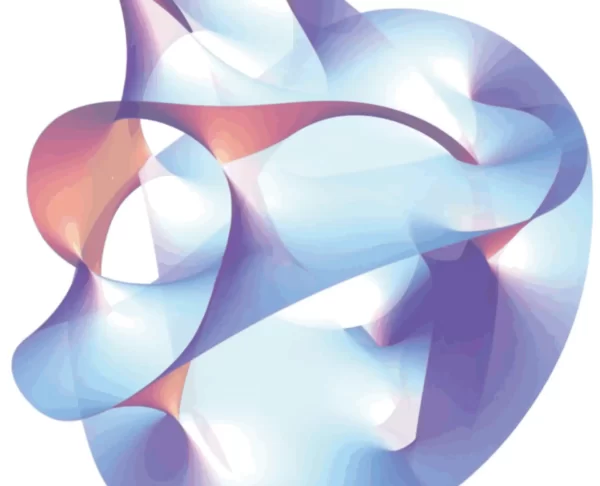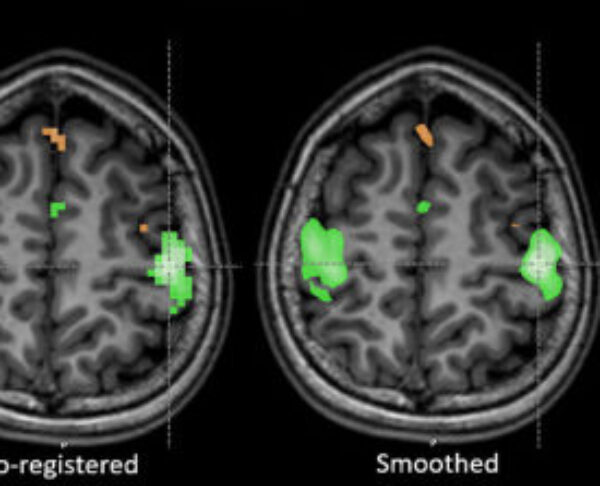عنوان سخنرانی: معماری کارکردی قشر مغز هنگام تماشای طبیعی فیلم
شناسایی سازماندهی کارکردی قشر مغز (Cerebral cortex)، گامی اساسی در فهم چگونگی پردازش انواع مختلف اطلاعات در مغز است. تلاشهای برجسته در دهههای گذشته منجر به کشف عملکرد بسیاری از نواحی قشر مغز در پاسخ به محرکهای منتخب شدهاند. با این حال، هنوز روشن نیست که نواحی مغز هنگام دیدن و شنیدن طبیعی چگونه سازماندهی می شوند. در اینجا ما از دادههای fMRI با وضوح بالا، برای ترسیم کلان-معماری کل قشر مغز استفاده کردیم. این دادهها از 176 آزمودنی انسانی بر اساس پاسخ آنها به یک محرک سمعی و بصری 60 دقیقهای، ثبت شدند. به وسیله یک شیوه خوشهبندی مبتنی بر داده، نقشهای از 24 ناحیه (یا شبکه) کارکردی به دست آمد که هر کدام به جنبه خاصی از پردازش حسی یا شناختی مربوط میشوند. این نقشه شامل سه شبکه کنترل اجرایی متمایز (دامنه کلی) بود که یک تعامل pull-push قوی با مناطق خاص دامنه در قشر بینایی، شنوایی و زبان را نشان داد. طرح تقسیمبندی قشری که در اینجا ارائه شده، نقشهای جامع و یکپارچه از کارکرد تعریف شده ناحیهها را ارائه میدهد، که می تواند جایگزین مجموعه بزرگی از اطلسهای مکانیابی کارکردها شود.
دکتر رضا راجیمهر از دانشگاه کمبریج درباره پژوهشهای خود در این زمینه در پژوهشکدهٔ علوم شناختی پژوهشگاه دانشهای بنیادی (IPM) سخنرانی کرده است.

ویدیوی این سخنرانی در زیر در دسترس است.
Online Seminar – Cognitive Neuroscience, fMRI
Title: Functional architecture of cerebral cortex during naturalistic movie-watching
Speaker: Reza Rajimehr
Affiliation: University of Cambridge – MRC Cognition and Brain Sciences Unit
Description:
Characterizing the functional organization of cerebral cortex is a fundamental step in understanding how different kinds of information are processed in the brain. Monumental efforts over the past decades have uncovered the function of many cortical areas in response to selected stimulus categories. However, it is still unclear how cortical areas are organized during naturalistic vision and audition. Here we used high-resolution functional MRI data from 176 human subjects to map the macro-architecture of entire cerebral cortex based on responses to a 60-minute audiovisual movie stimulus. A data-driven clustering approach revealed a map of 24 functional areas/networks, each related to a specific aspect of sensory or cognitive processing. The map included three distinct executive control (domain-general) networks which showed a strong push-pull interaction with domain-specific regions in visual, auditory, and language cortex. The cortical parcellation scheme presented here provides a comprehensive and unified map of functionally defined areas, which could replace a large set of functional localizer maps.
Date: Wednesday, December 15, 2021
15:30 – 17:00 (CET)
18:00 – 19:30 (Tehran)
Azar 24, 1400




